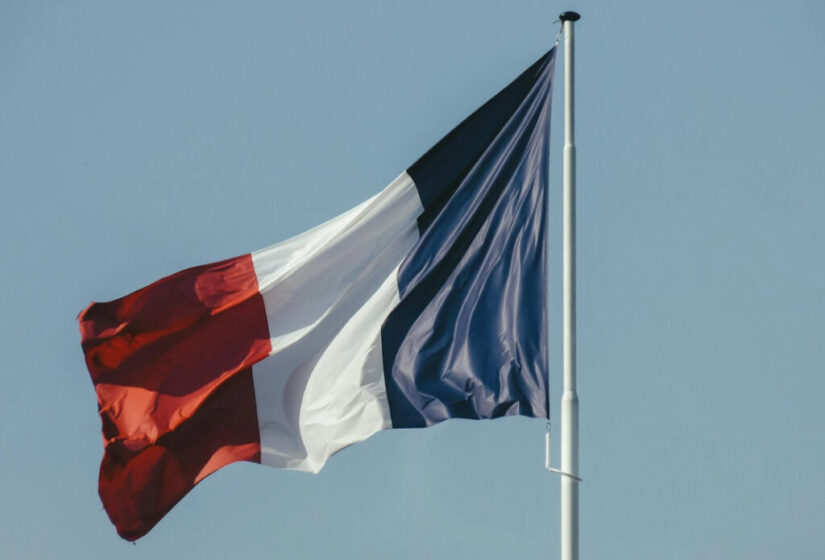Unraveling Beauty: The Most Beautiful Language
In today’s world, there exists a dazzling array of over 6,900 distinct languages, each with its unique charm and beauty. The perception of beauty in languages is highly subjective, influenced by one’s native language, the languages they speak, and their exposure to other languages. Through the eyes of someone who was born in Hungary, raised in the Middle East, and educated within the French system, here is an exploration of what could be considered the most beautiful languages across the globe.
French – The Epitome of Spoken Elegance
Widely acclaimed for its beauty, French often garners universal admiration. Informal surveys across the internet reflect a global fondness for the sonic allure of French. Its smooth, flowing, and elegant nature, coupled with challenging nasal vowels and melodious intonation, enchants the ears of those not native to the language. French is imbued with a strong cultural heritage, making it irresistible. The iconic rolling “r”s of Édith Piaf in “La vie en rose” and Serge Gainsbourg’s mesmerizing rhythms in “Bonnie and Clyde” exemplify its auditory beauty, earning French the title of the most beautiful spoken language.
German – A Melodious Surprise
Contrary to its reputation for harshness, German reveals a surprisingly melodious and expressive side, particularly when paired with music. The language has found its rhythm in the global music scene with catchy tunes like Nena’s “99 Luftballons” and Andreas Bourani’s “Auf uns.” German music, especially during events like Oktoberfest, showcases the language’s capacity to evoke emotion, proving that even the most unexpected languages can sing.
Arabic – A Visual Feast
Arabic stands out for its visually striking script. To those accustomed to the Latin alphabet, Arabic calligraphy appears as an intricate dance of lines and curves. Its script, flowing endlessly from right to left, captivates with elegance and complexity. Arabic’s aesthetic beauty extends beyond mere communication, elevating calligraphy to a venerated form of religious art.
English – A Rich Tapestry of History
English, spoken by 1.6 billion people worldwide, boasts a rich and diverse history. Its evolution has been influenced by various languages and cultures, resulting in a language full of quirks and idiosyncrasies. English’s backstory is filled with tales of linguistic exchange and migration, adding layers of depth to words and phrases. This language’s ability to amuse and confuse with playful oddities makes it uniquely beautiful.
Italian – The Language of Gestures
Italian’s beauty transcends the spoken word, extending into the realm of expressive body language. Known for its emotive and lively nature, Italian is as much about what is said as how it is conveyed through gestures. With over 200 hand gestures forming an integral part of daily communication, Italian embodies a vibrant and dynamic form of expression, making it a standout for its visual and emotional appeal.
Through this exploration, it becomes clear that the beauty of languages is not merely in how they sound or look but in their rich cultural contexts and histories. Each language mentioned here shines in its own right, offering a unique perspective on what makes a language truly beautiful.
| Language | Aspect Celebrated | Reason for Beauty |
|---|---|---|
| French | Spoken Elegance | Melodious, flowing, and culturally rich |
| German | Musical Expression | Expressive and emotive in song |
| Arabic | Visual Script | Intricate, artful calligraphy |
| English | Historical Diversity | Rich tapestry of influences, quirky and intriguing |
| Italian | Expressive Body Language | Emotive and lively, enhanced |
Overall
In conclusion, the beauty of a language extends far beyond its mere auditory or visual appeal, encompassing the depths of its cultural roots, historical evolution, and the emotional resonance it carries. From the melodious intonations of French to the intricate script of Arabic, each language holds a unique place in the mosaic of human communication. The evaluation of beauty in language is inherently subjective, deeply intertwined with personal experiences, cultural background, and exposure to different linguistic systems. However, this exploration into the most beautiful languages showcases the rich diversity and profound beauty that languages around the world offer, inviting us to appreciate the vast tapestry of human expression in all its forms.
